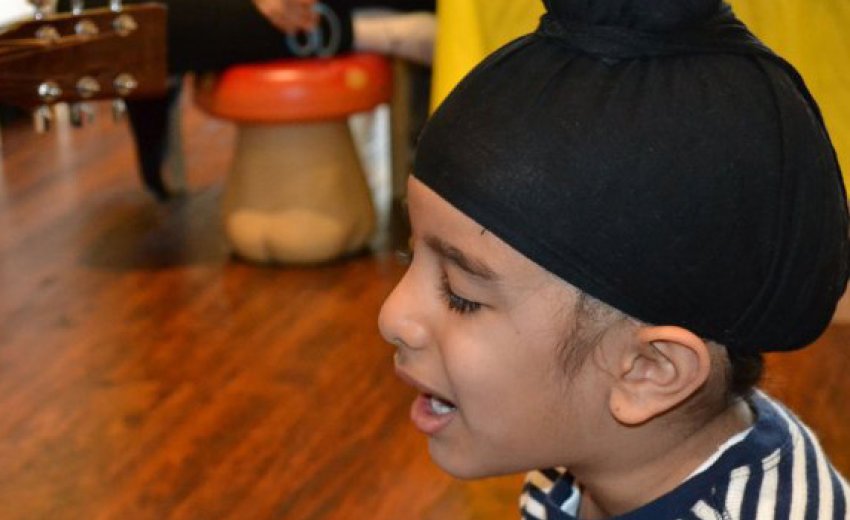Struggling through a problem is no longer a crisis. Children can ask themselves, ‘how do I work through this issue?'
“Meditation is a tool that can help students prepare for educational success, build friendships in the classrooms and find solutions to problems," says Ms. Rosey, CEO Concept1 Learning Centre.
Children are prone to copying the behaviour of their parents, siblings and friends. Starting them on a meditation journey can be as simple as leading by example. When your children observe you in meditation, it sets a tone that they can learn from.
"When I sit in meditation in the morning with my students, I notice their behaviour is calm, they are more focused in their work, and their day is relaxed, " says Ms. Rosey.
Here are a few creative ways to incorporate meditation into your children's lives:
- Explore your children's knowledge about meditation. For example, ask if they have meditated before, how has it helped them, how often do they meditate, what type of meditation do they do etc. Having regular conversations about meditation can help make it a positive experience.
- Introduce the practice of meditation. Explain to your child that for the next five minutes (or longer as you progress) they are to sit quietly and practice a breathing meditation.
- Encourage your child to sit comfortably in their chair. The most important aspect of the meditation posture is to keep a straight back and have relaxed shoulders.
- Ask your child to close their eyes. This helps prevent distraction and begins to calm the mind.
- Begin the meditation by focusing the mind on the breath coming in and out of your body. The goal is to try to have a clear mind, without thoughts. If thoughts do come, try to push them aside and re-focus on breathing.
- Bring the meditation to an end gradually. Remind your child to become aware of the room around them, any sounds they can hear and place their feet on the floor.
- Have a discussion after the meditation. How was the experience? Was it what they expected? Would they like to do another meditation session? If so, would they like to do it for longer?
- Explore how the children can carry the experience into the rest of their day. For example, if they are feeling stressed about school, they could stop for 30 seconds, focus on their breathing and push out any thoughts they might have.
It is important to not force your children to meditate, but to get them intrigued. Remember to make it a fun and positive experience, so they are more likely to make meditation an everyday practice as they grow older.
